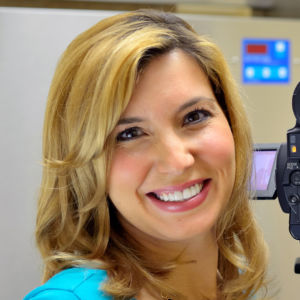Nature Knows and Psionic Success
God provides
Art therapy helps dementia patients communicate and connect

It looks like an art class with brushes, paints and scissors, but it’s not. It’s an art therapy session. “You don’t have to be an artist. Anybody can do art therapy, anybody can make art,” said art therapist Suzanne DuFour. Brightview Warren resident Jo Coniglione finished his first product. “I don’t know if it’s doing any good for anybody else, but it did well for me. I enjoyed doing it,” he said. “Art therapy is a nonverbal communication that is taking place during a session. It’s different from an art class where you are given instruction,” DuFour said. “It’s sort of like if you were to go to a counselor, a traditional counseling type session, however it incorporates art so that the therapeutic process comes within the art making itself.” One session is for residents of Wellspring Village at Brightview Warren, a senior living community. Participants there have memory issues. “Dementia is the umbrella term; there are many different types of dementia, including Alzheimer’s,” said geriatric psychiatrist Dr. Matthew Barnas. “The reason why the two words Alzheimer’s and dementia are synonymous is because by far Alzheimer’s is the most common type of dementia.” The Alzheimer’s Association’s Greater New Jersey Chapter indicates nationwide there are 5 million people living with Alzheimer’s disease. In New Jersey, there are 180,000 residents aged 65 or older affected by the disease. “People who have dementia, Alzheimer’s dementia, they have problems with communication, with cognition and memory, so engaging in art therapy allows a different form, a different mechanism, avenue of communication. It allows them to express their feelings. It activates part of their brain that maybe they’re not always activating such as a creativity, visual-spatial, hand-eye coordination,” said Barnas. The art therapist incorporates different materials into her sessions, like papers of various textures and […]
Click here to view full article
